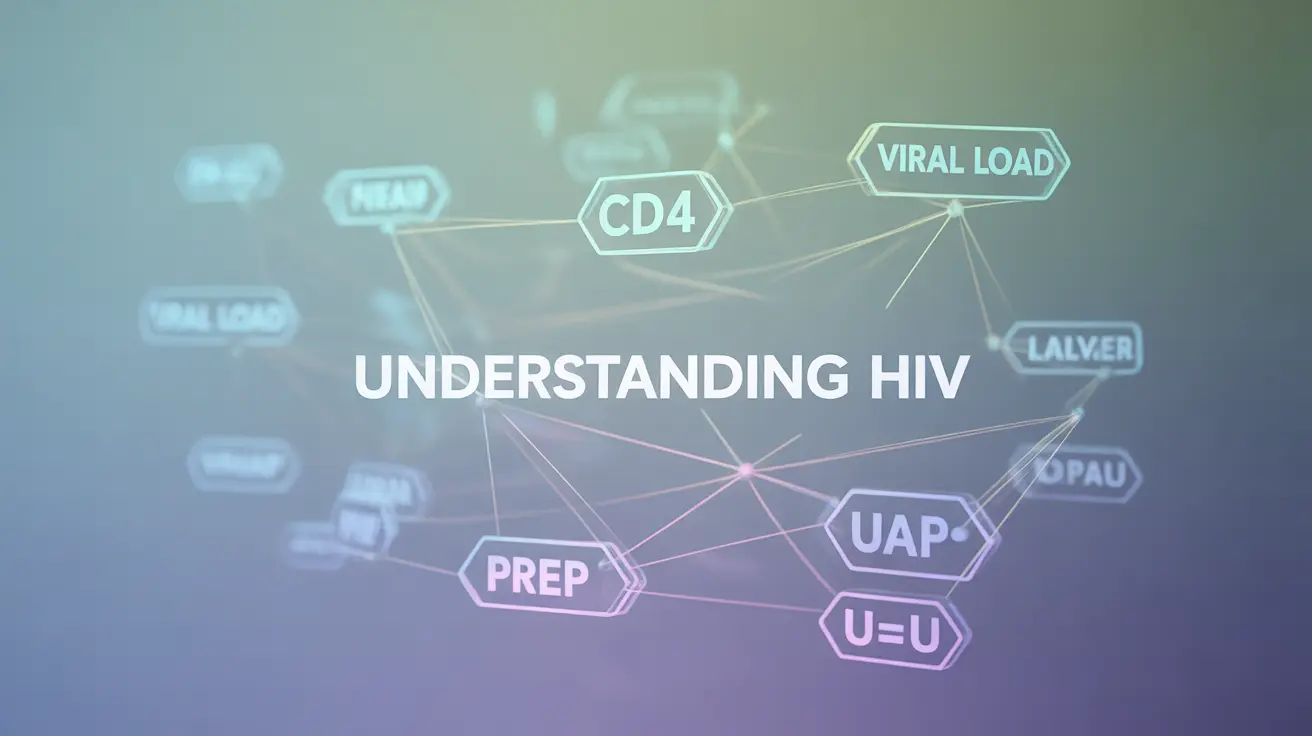Living with HIV or supporting someone who does requires understanding a unique set of terms, acronyms, and slang that have evolved within the HIV community. This comprehensive guide will help you navigate the language commonly used in HIV-related discussions, medical appointments, and support groups, empowering you to better advocate for yourself or others.
The Evolution of HIV Language and Communication
The language surrounding HIV has transformed significantly since the early days of the epidemic. Today's terminology reflects both medical advances and ongoing efforts to reduce stigma and promote understanding. Learning these terms can help individuals better communicate with healthcare providers, understand their treatment options, and connect with the broader HIV community.
Medical and Treatment-Related Terms
Understanding medical terminology is crucial for managing HIV care effectively. Here are some commonly used terms in clinical settings:
- CD4 Count ("T-cells"): Measures immune system strength
- Viral Load ("VL" or "numbers"): Amount of HIV in the blood
- ARVs ("meds"): Antiretroviral medications
- Adherence ("staying on track"): Taking medications as prescribed
Status and Testing Terminology
The HIV community has developed specific ways to discuss HIV status and testing:
- Poz/Positive: HIV-positive status
- Neg/Negative: HIV-negative status
- Know Your Status ("KYS"): Getting tested for HIV
- Window Period ("waiting time"): Time between exposure and accurate test results
Prevention and Safety Terms
Prevention-related terminology has evolved with advancing medical knowledge:
- PrEP ("prep"): Pre-Exposure Prophylaxis
- PEP ("morning-after pill"): Post-Exposure Prophylaxis
- U=U: Undetectable equals Untransmittable
- Safe(r) Sex: Protected sexual activity
Community Support and Social Terms
The HIV community has developed terms that reflect support networks and shared experiences:
- Chosen Family: Support network of friends and allies
- Disclosure ("sharing"): Telling others about HIV status
- Warrior: Person living with HIV
- Ally: Supportive person who is HIV-negative
Breaking Down Stigma Through Language
Modern HIV terminology emphasizes person-first language and moves away from stigmatizing terms. The community promotes respectful, empowering language that acknowledges HIV as a manageable health condition rather than a defining characteristic.
Frequently Asked Questions
What are the most common slang terms used in the HIV community and what do they mean?
Common slang terms include "poz" (HIV-positive), "undetectable" (viral load below detectable levels), "meds" (antiretroviral medications), and "disclosure" (sharing HIV status). These terms help facilitate clear communication within the community.
How can understanding HIV acronyms and slang help with managing diagnosis and treatment?
Understanding HIV terminology enables better communication with healthcare providers, helps in comprehending medical information, and allows for more effective participation in support groups and community discussions.
What does U=U (Undetectable = Untransmittable) mean and why is it important in HIV prevention?
U=U means that people with HIV who maintain an undetectable viral load through medication cannot sexually transmit the virus to others. This concept is crucial for prevention and helping reduce stigma around HIV.
What are the slang terms related to HIV testing and status that I should know?
Key testing-related terms include "knowing your status" (getting tested), "window period" (time until accurate results), "poz" (positive), "neg" (negative), and "numbers" (viral load or CD4 count results).
How do slang terms reflect stigma and social attitudes about HIV?
Modern HIV terminology has evolved to combat stigma, moving away from fear-based language toward empowering, person-first terms that emphasize HIV as a manageable health condition rather than a defining characteristic of an individual.




